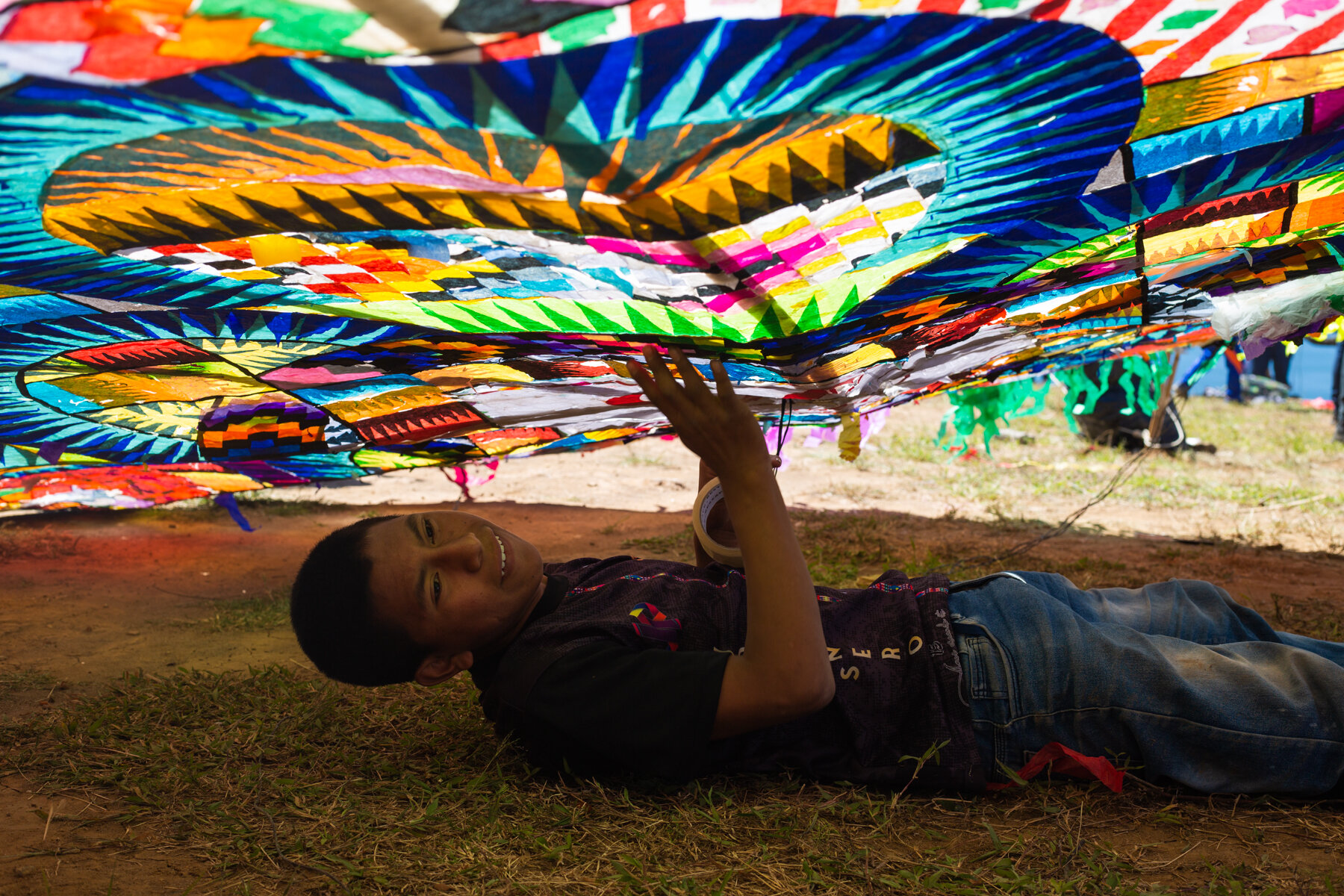Comvite
Journalist, filmmaker, photographer, producer, and editor on all published media.
Comvite—An independent media outlet based in Guatemala. Comvite is an English-language online magazine specializing in documenting some of the tropical world's most relevant and lesser-known cultural aspects and traditions. They provide immersive storytelling through high-quality multimedia content directly from the ground. Comvite covers all corners of Guatemala's rawness and is focused highly on culture, exotic traditions, current events, and long-form features.
When I first moved to Guatemala and started doing freelance photojournalism for Comvite, it was the perfect way to break into the underground culture of this new place I now call my home. While working with Comvite, I produced a short-form feature story about Mayan rap groups using their music as a tool to preserve their indigenous languages and culture. I also photographed the vibrant kite festivals where Guatemalans celebrate the dead by honoring their energy and presence that still stands amongst the living. I produced multimedia pieces that combined photographs, videos, and writing. Working with this progressive media outlet gave me the key to entering into some of the most unique situations, which are full of colorful people and experiences.
All the content has been published on Comvite and their social media.
A second life for the giant kites
Story produced for Comvite.
A group from Santiago Sacatepéquez constructs the bamboo skeleton of their kite in San Andres Semetabaj on November 9, 2019. Their kite’s diameter is 15.30 meters.
Birds are chirping, the sun shines, and barely a cloud in sight. People are standing on top of a mountain with blue skies, a crisp breeze, and the stunning view of Lake Atitlán. This how the day begins at the San Andrés Semejabaj kite festival. Arriving at 9 am, with barely anyone there, while groups start to set up their intricate kites.
The small, yet gorgeous kite festival in San Andrés Semejabaj takes place on November 9th. This was just the second year this festival has been running, but nonetheless, an absolute hidden gem, in a more than perfect location. The well-known kite festival in Sumpango, Guatemala, has been taking place for over 100 years, with thousands of people crowding the streets on November 1st to enjoy the celebration.
“It is of great joy for us to present our art here in the department of Sololá, in this beautiful location, with the participation of the women and girls of our group,” said Gladys Ajanel.
A giant kite exhibited at the San Andrés Semetabaj kite festival on November 9, 2019. Groups created the kites at the festival from Sumpango and Santiago Sacatepéquez, Guatemala.
She is a member of the Orquideas de Sumpango, an all-women group of kite artists from Sumpango, Guatemala, ages 15-25. Their kite is about Mother Earth.
The festival is put together by Lucy W. Sturgill Foundation with the support of the Guatemalan Tourism Institute (Inguat). The Lucy W. Sturgill Foundation is an organization whose purpose is to create economic and social development through promoting and sustaining ancestral culture. The attendees of the festival were able to enjoy this day full of beautiful kites, Guatemalan cuisine, and an ancient Mayan Ball Game, all by donating 20Q.
Kites from Santiago Sacatepéquez and Sumpango were brought to this festival. These kites were originally created in those towns and have a second life during this festival.
Another group from Santiago Sacatepéquez put together a 15.30-meter kite and said that they have been preparing since February. Construction of these kites is a process from the initial design of the kite to the final execution.
Material is gathered such as tissue paper, bamboo, wood, and rope. Then the design of the kite is put together using tissue paper, glue and sometimes fabric. The tail is created which is very important because it gives the whole kite balance. The tail is made of pieces of cloth tied to a rope. Additionally, the wooden poles used to support the kites have to be a certain age so they are strong enough to hold the kite. At the start of the festival the different kite groups prepare the bamboo skeleton of the kites and attach the ropes used to lift the kite.
“It’s not easy at all, it takes a lot of processes but if you really love it you do it,” said Angelica Mayerly Bercian Monterroso, kite maker from Santiago Sacatepéquez.
“For example in Santiago making big kites symbolizes many voices. Many like to say that on November first you are supposed to carry a kite to ask bad spirits that are in this world to pass on over to the other world. As the kite makes its way high in the sky you can hear the noise it makes. That is what flying kites means to us from Santiago,” Angelica Mayerly Bercian Monterroso.
A kid helps patch a part of a kite before they get ready to fly it in San Andrés Semetabaj kite festival on November 9, 2019.
Kites range in size, color, and meaning, but what was harmonious about this whole day was how passionate each person was about their art.
The festival was not solely focused on the kites but also other forms of art. A group of 15 dancers from Academy Dance Sport came from Guatemala City to perform at the festival. Their entire group consists of 43 people who practice a variety of dance from Latin to Hip-Hop. The artistic director of the group Patty Moreno lives and breathes dance and continues to pursue her passions with the group despite her physical disability.
“For me, the disability is in the mind, dancing is the freedom to express myself,” said Moreno.
It was Dance Sports’ first year performing at the festival, and the group was contacted and invited to the festival by the organizers of the event.
“For us, at Dance Sport it is an honor to support our beautiful country Guatemala by attending these kinds of events,” said Moreno.
The kite festival in San Andrés Semejabaj continues to focus on remembering those who have passed by sending messages through art and stories. This festival also serves as a way for artists from near and far to collaborate on creative projects and showcase their talents to the world.
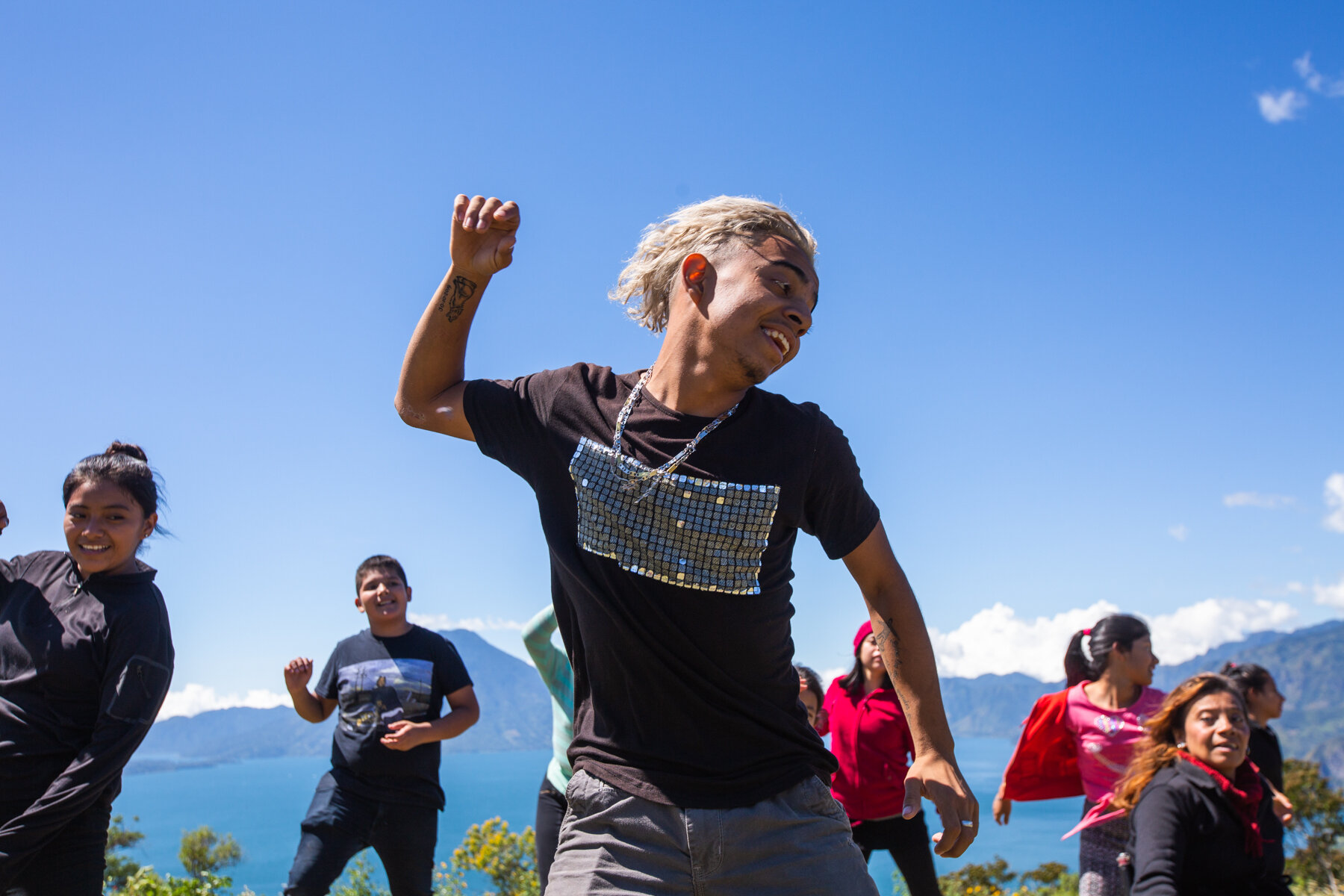
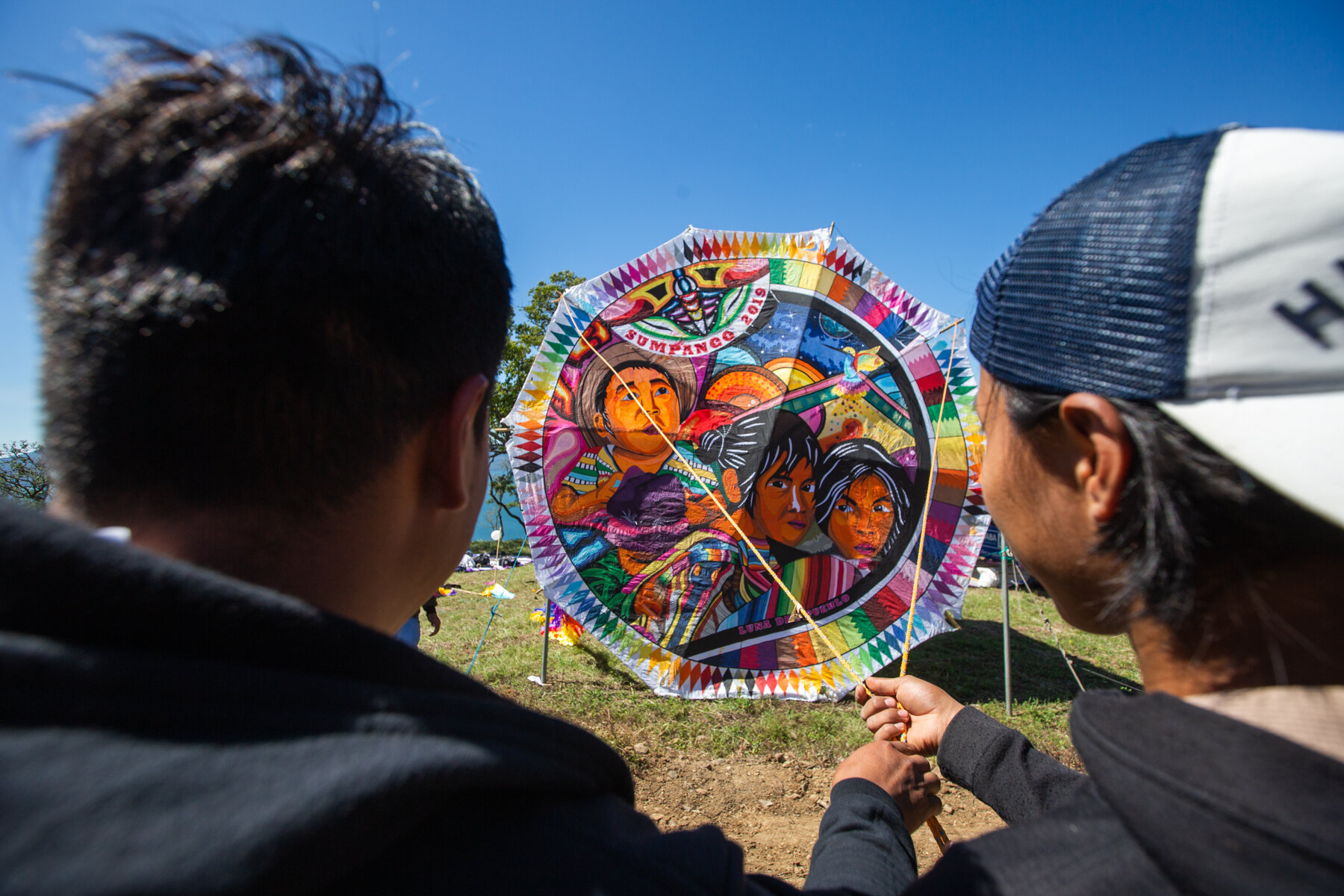
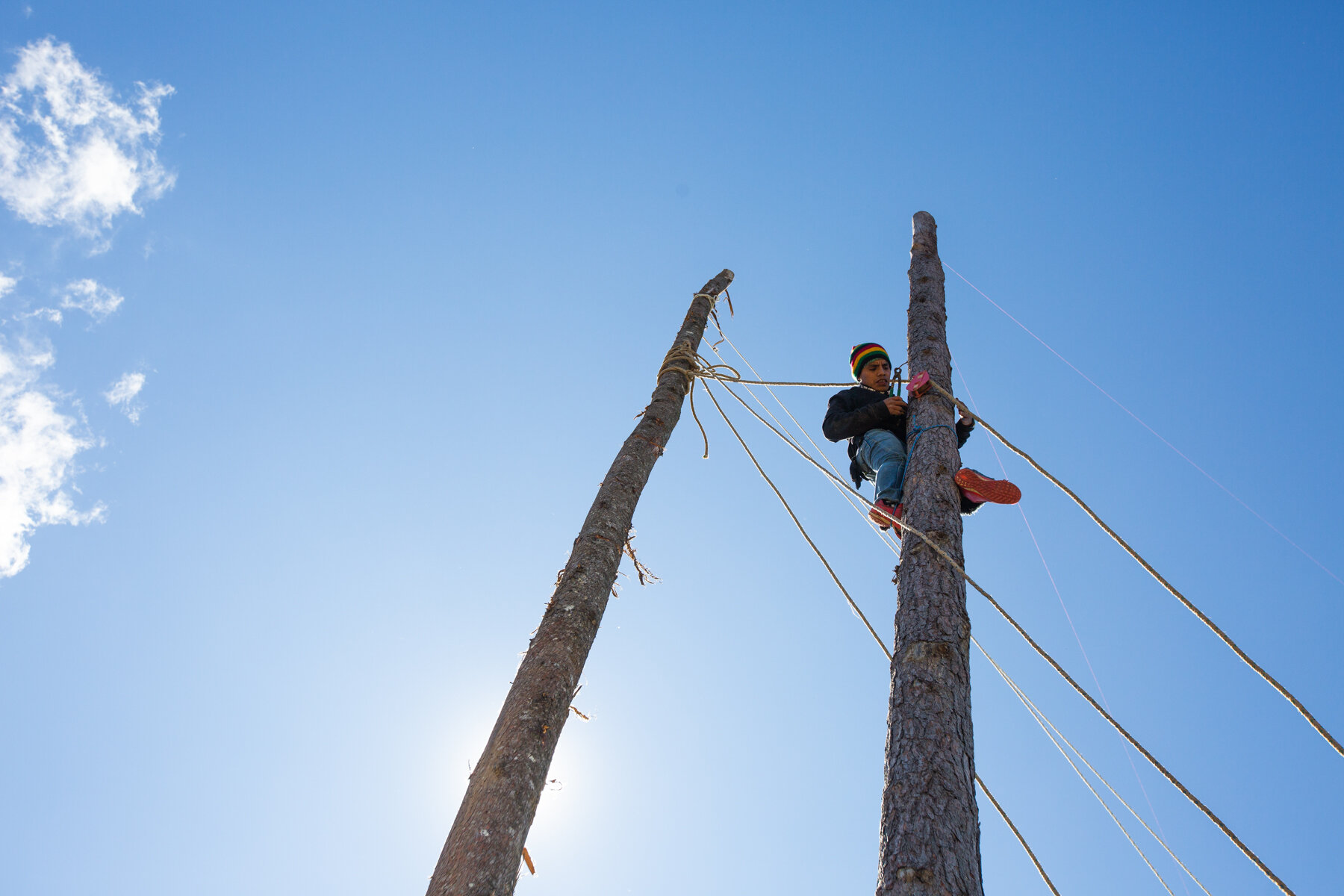
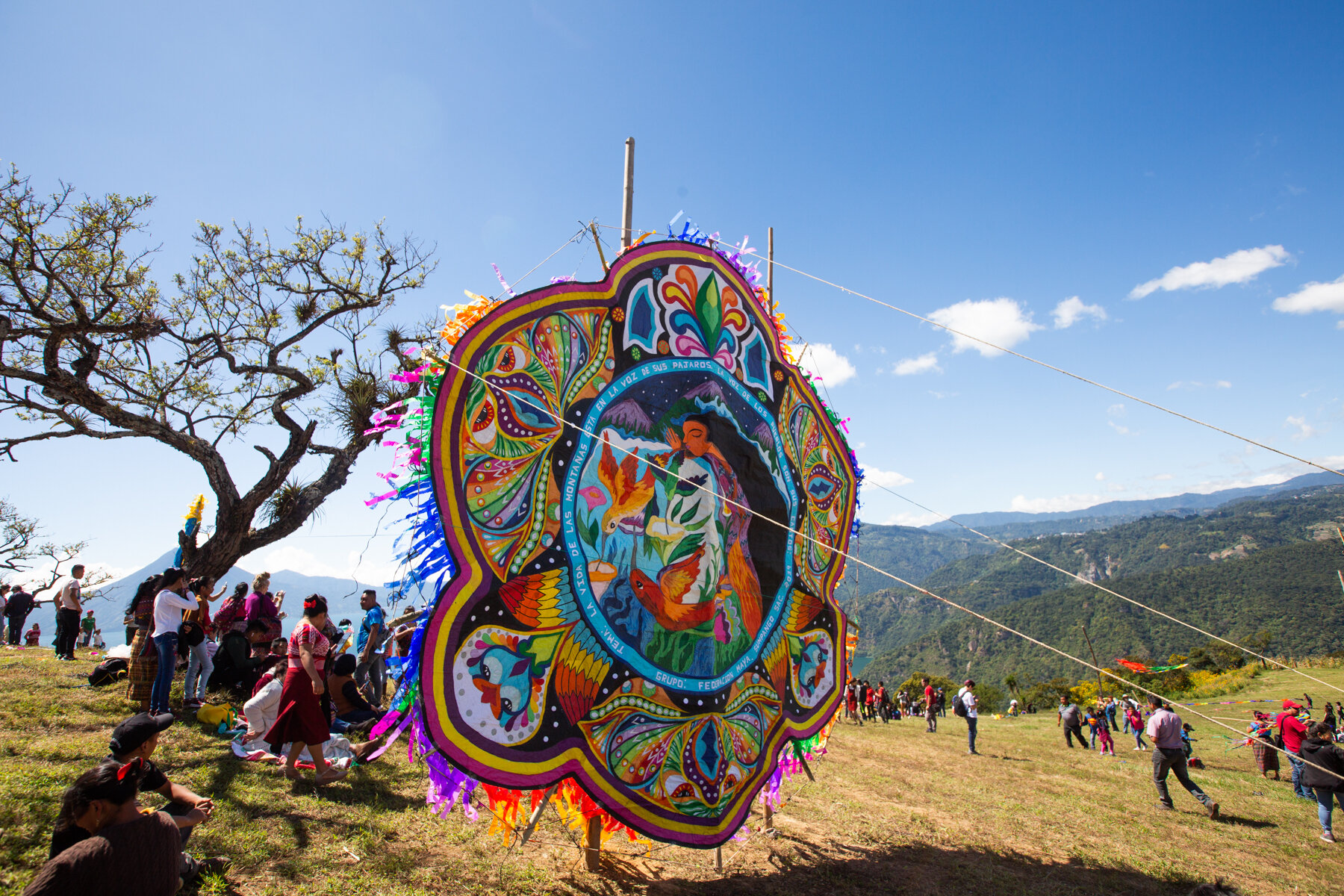
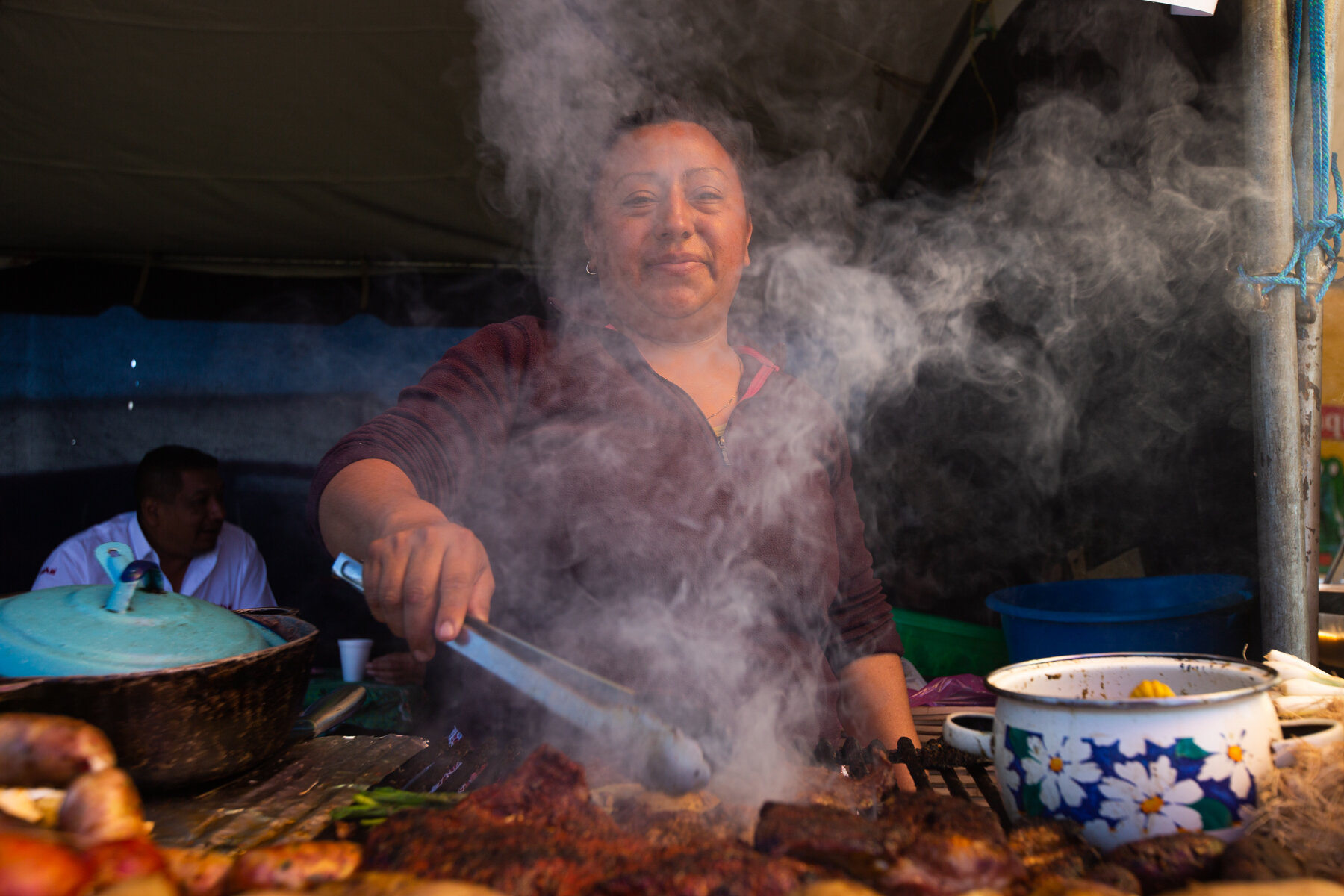
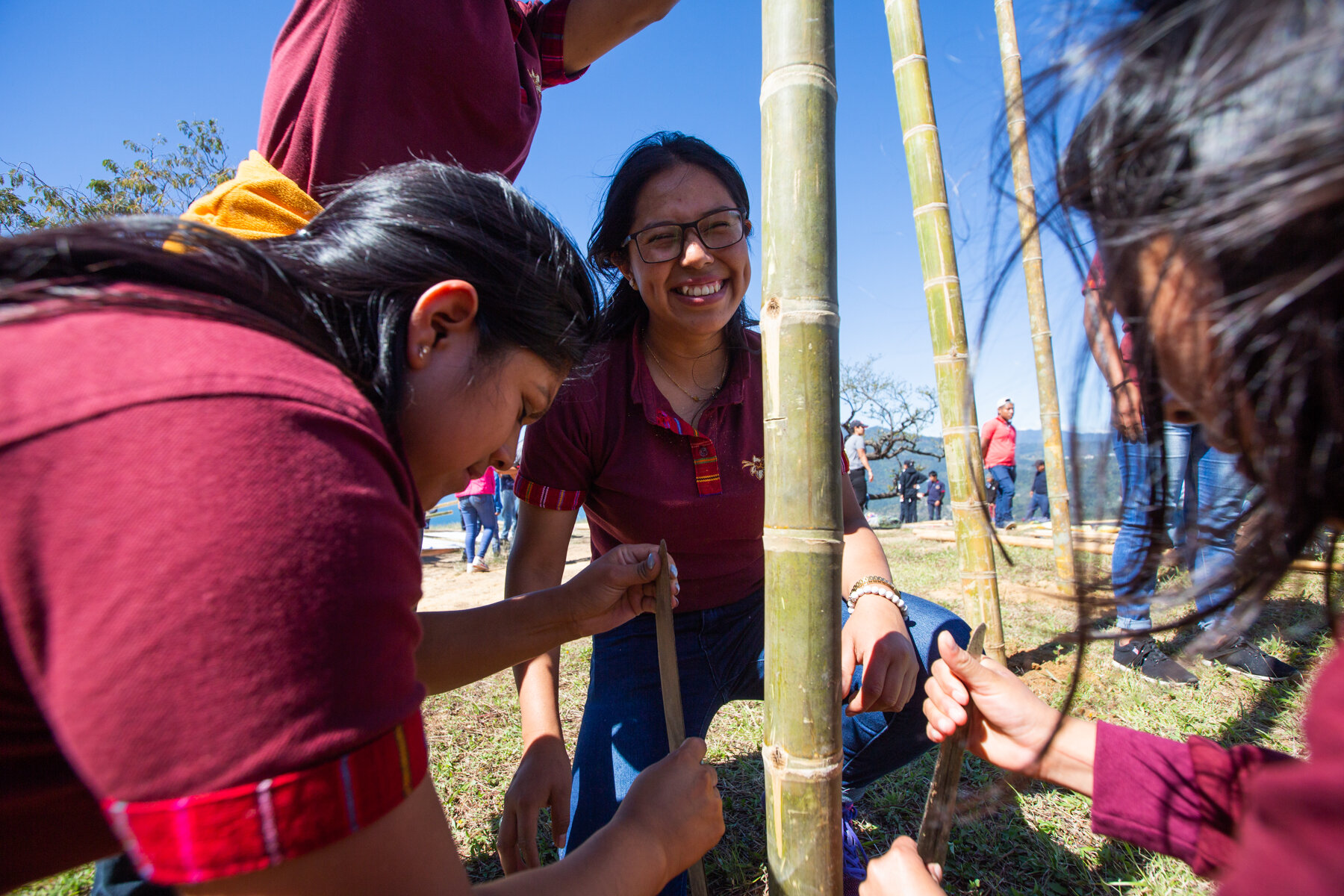
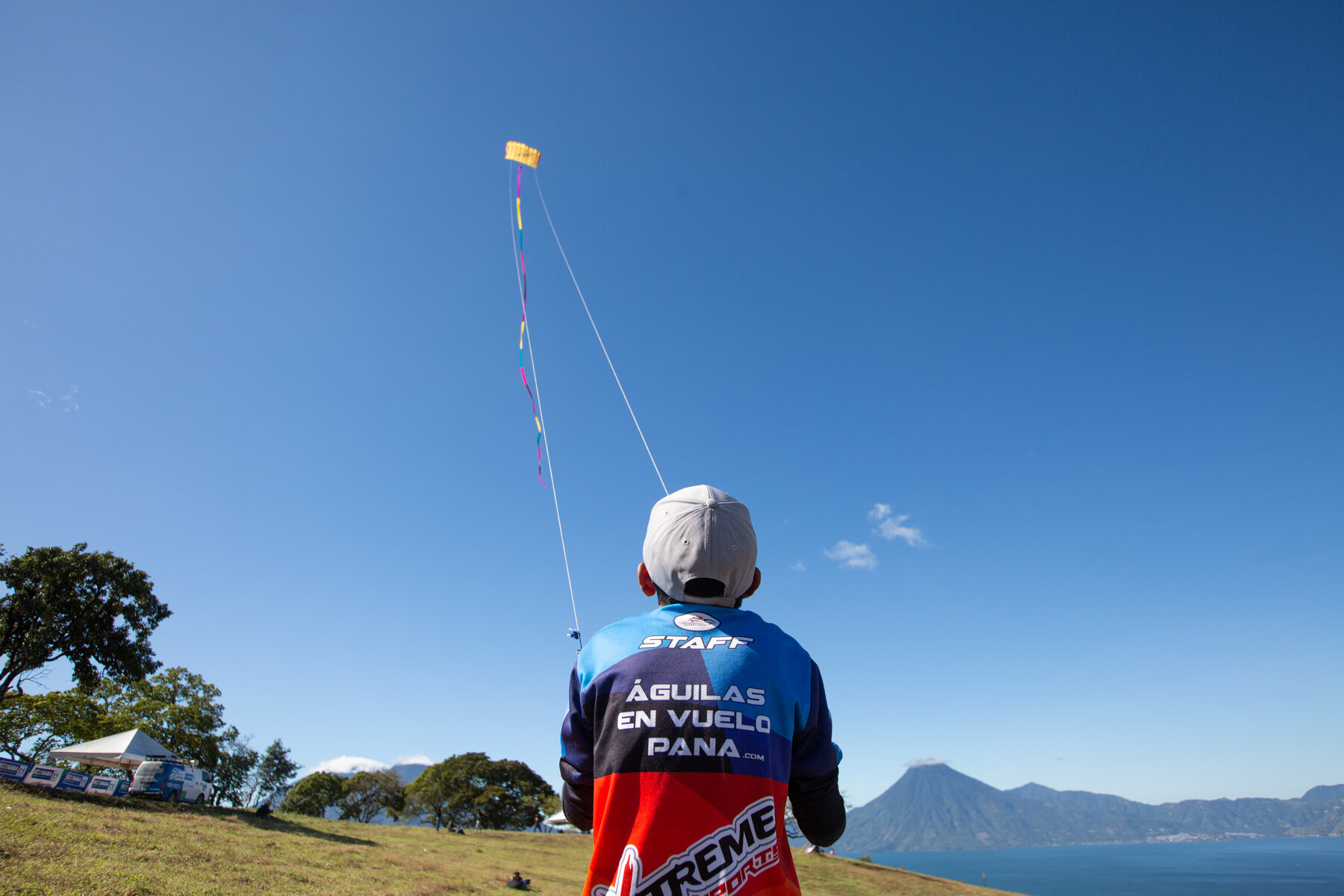
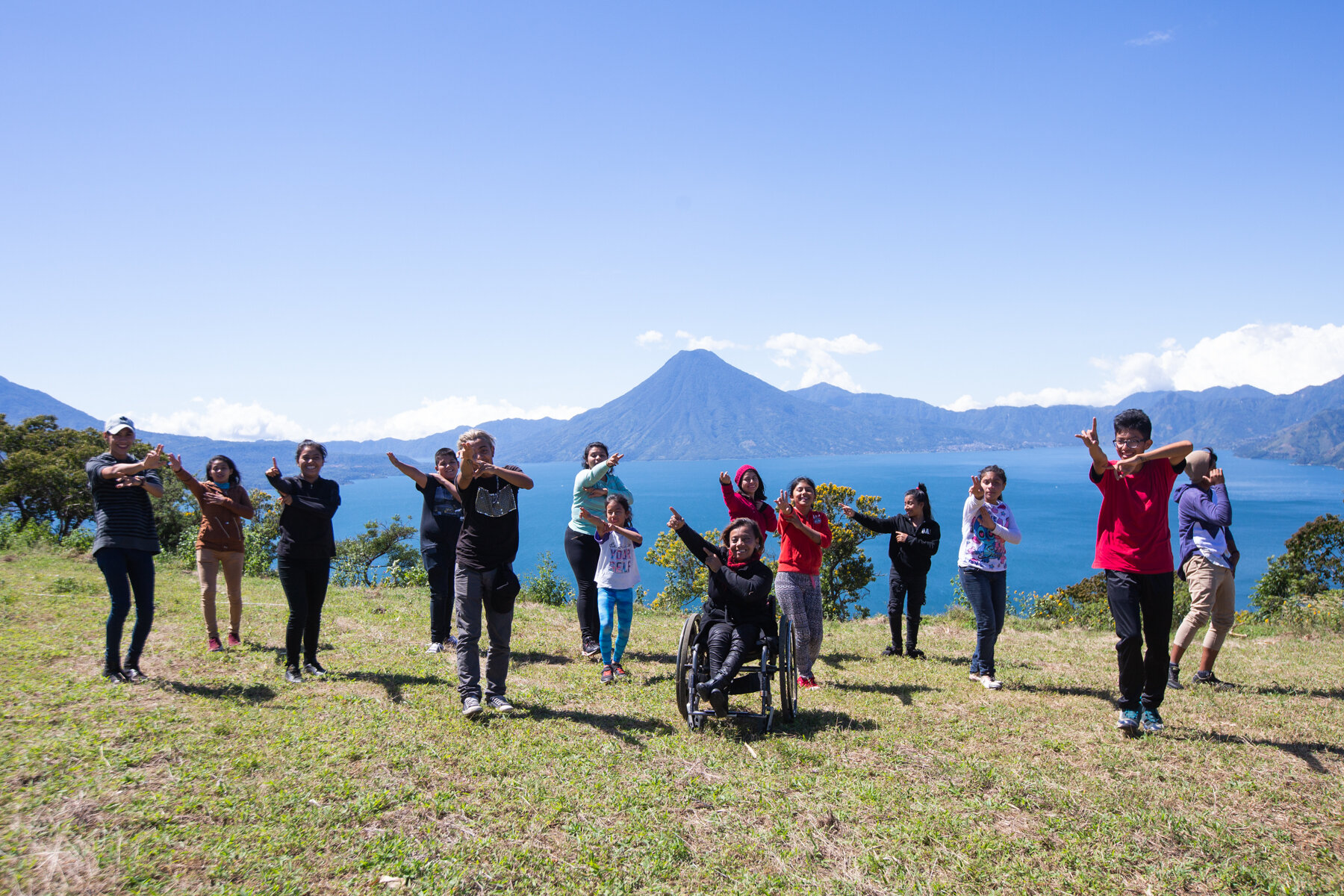
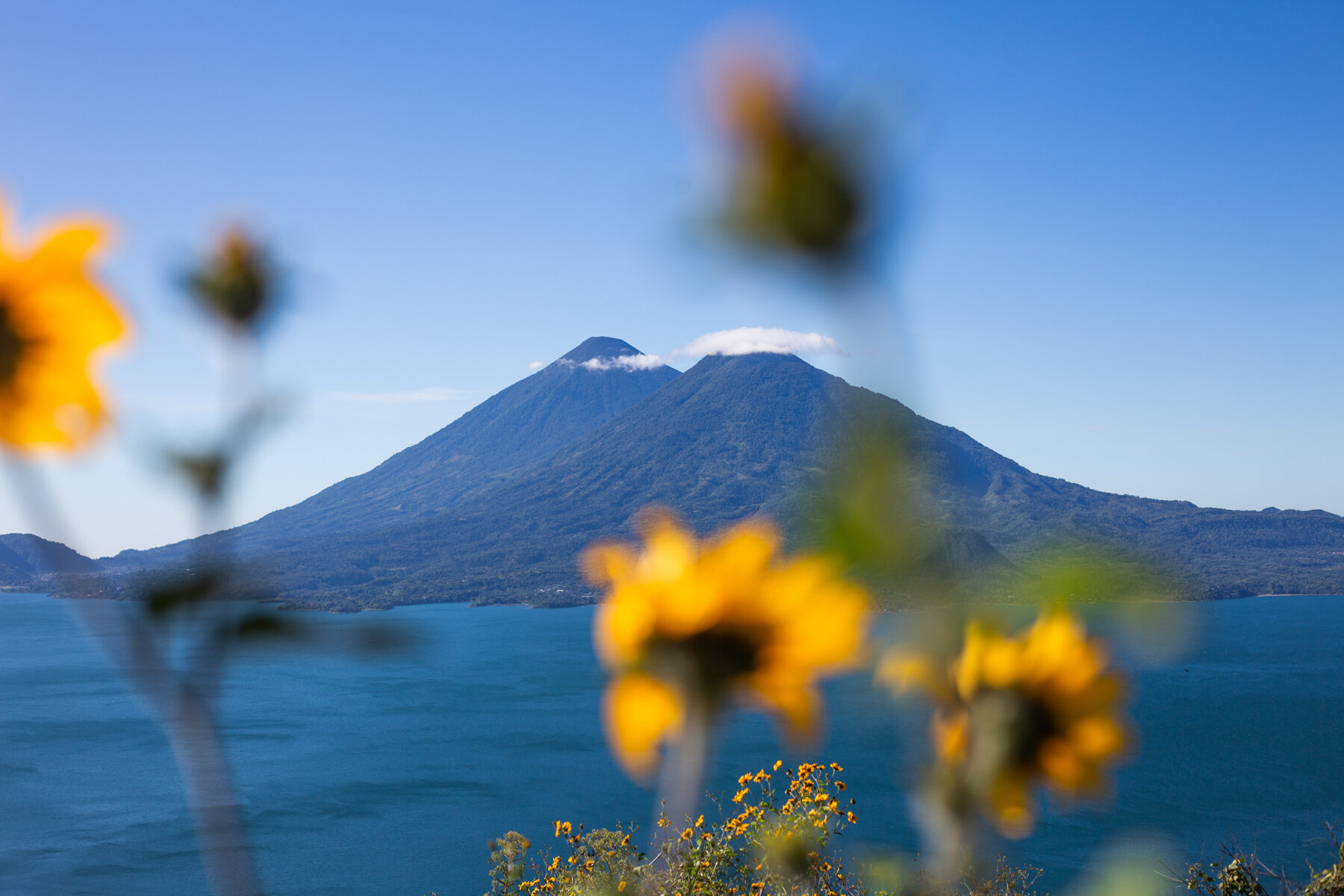
Rhythmic Native Roots, Music that Awakens
Story produced for Comvite.
A night boat ride across Lake Atitlán, nothing but the sound of the water crashing along the sides of the boat, stars shining in the sky and wind rustling. While stepping into San Marcos, a town full of wondrous spirits and natural beauty, the walk up the main road is quiet. Turning left and right down small callejones, we finally arrive at an intricate treehouse surrounded by luscious greenery. It is known as El Bosque Encantado, or “The Enchanted Forest.”
A group of about 15 people from different places around Guatemala and the United States are there, their energy palpable as it seems to fill and illuminate the space. Never having made music together before, each person brings their flare to the table; they mix native sounds with hip-hop beats. This group of talented artists sings in English, Spanish, Kaqchikel and Tz’utujil with cohesive lyrics as the mic is passed around.
Juan Martinez “Dr. Nativo” 37, from Bala Ajpu, plays a drum and sings in front of Lake Atitlán in San Pedro La Laguna on December 18, 2018.
Pedro Quick 23, a close friend of Mendoza, plays the flute in San Juan La Laguna on December 22, 2018.
“It was an unforgettable experience. I feel very positive and grateful, full of love and respect for friends and guests that welcomed Maya hip-hop,” said Yefry Alberto Pacheco Ardón, known as M.C.H.E., a member of the hip-hop group called Balam Ajpu.
The fluidity of music and love is endless that night as artists from different backgrounds come together to speak their words of wisdom.
Artists from Next Level hosted the freestyle event, an initiative that works with U.S. embassies and consulates to create classes and workshops that reach underserved communities. They partnered with Balam Ajpu to hold a workshop aimed at stimulating youth development by fostering musical talents, cultural appreciation and entrepreneurial skills. The workshop was held over two days, focusing on four elements of hip-hop that provided youth from around the lake who are passionate about music, with a chance to create and learn.
Jasy Mendoza, 23, member of Poesía Loca, works on his music in his house in San Juan La Laguna, Lake Atitlán, on December 22, 2018.
This event is just a small representation of what the hip-hop scene on Lake Atitlán has developed into, creating a strong community of incredibly talented individuals. For groups in this region, their mission is not solely to create music but also to build community and enlightenment.
In Guatemala alone, from the rural communities to the buzzing cities, 21 recognized Maya languages are spoken across the country. However, the sounds of the mother tongue are fading in many communities .
“I believe that Maya languages are disappearing because many people do not speak them at home or in school and then the languages become lost,” said Esthela Gomez, a Kaqchikel teacher from Atitlán Multicultural Academy (AMA) in Panajachel, Lake Atitlán.
Detail shot of badges on Jasy Mendoza’s bed, from some of the hip-hop events he has attended.
Jasy Mendoza, 23, member of Poesía Loca, writes lyrics to a song in Tz’utujil on December 22, 2018. Poesía Loca raps using a combination of Tz’utujil and Spanish in their music.
Jasy Mendoza, 23, member of Poesía Loca, records a song in his house in San Juan La Laguna, Lake Atitlán on December 22, 2018. Mendoza made his recording studio in his room but also often practices in his producers’ studio or the central park of San Juan La Laguna.
Gomez has been a Kaqchikel and English teacher at AMA for four years and emphasizes the importance of knowing where you come from and being proud of that by speaking your native language.
Within the booming scene of rap and hip-hop music, there is a growing phenomenon of groups in the Lake Atitlán region using music as a way to preserve their complex native languages and traditions.
“We need to sing in Tz’utujil to not lose our tradition, to share the native knowledge amongst kids, and to help prevent their languages from disappearing,” urged Juan Martinez, known as Dr. Nativo, from Balam Ajpu.
Balam Ajpu is a group consisting of Juan Martinez (Dr. Nativo), 37; Yefry Alberto Pacheco Ardón (M.C.H.E.), 37; and Tzutu Kan, 40. They bring together the spirit of Maya culture mixed with eclectic sounds from around the world. Also, each of the members utilizes their personal music projects to highlight their individual talents.
Angelique “Giddy” Perez, raps during a freestyle event in San Marcos La Laguna, Lake Atitlán on November 26, 2018. Giddy is an international touring spoken-word poet, MC, beatboxer, and barber who is apart of the Next Level initiative.
Sergio Lopez “CHKSS” sings passionately during a freestyle session in San Marcos La Laguna, Lake Atitlán on November 26, 2018.
“The passion for music lives in me as in all the hearts that can listen to the rhythm of their heart. I found my reason and passion in hip-hop, in knowledge and movement,” M.C.H.E. exclaimed.
The artists show a great appreciation for their culture by staying connected to their roots as they rap in native languages and create songs representative of energies from the Maya Calendar.
“Every day we have a new animal spirit known as a Nahual, and that is the guide of the day, an insight into our spirituality,” Dr. Nativo said.
Juan Martinez “Dr. Nativo” 37, from Balam Ajpu, smokes in his home in San Pedro La Laguna, Lake Atitlán, on December 9, 2018.
The name of their group, Balam Ajpu, means Jaguar Warrior in Tz’utujil. Jaguar represents the feminine and warrior represents the masculine, in order to balance the two forces of energy.
Before they entered this stage of their career as musicians, they went through a process of Maya ceremonies.
“We did not simply begin making music with these sacred words. Through ceremonies, we asked our spiritual guides for permission to make songs representative of this ancient Maya knowledge. We did it the right way,” said Dr. Nativo.
Not only is Balam Ajpu making music, but they are also spreading knowledge of Maya culture. They are preserving the beauty of ancient history and sharing their discoveries by teaching youth about their heritage.
For groups like Balam Ajpu, rap is not solely a form of expression but also a calling to form a unified community.
DJ Fer mixes beats as rappers come up to the stage to sing during a freestyle competition in San Marcos La Laguna, Lake Atitlán, on December 15, 2018.
“I want to carry a coherent message, a message of love that speaks to people,” shares Jasy Mendoza, a member of Pajch’uj Tzij, also known as “Poesía Loca.”
Poesía Loca is a hip-hop duo comprised of Jasy Mendoza, 23, and Juvi Hernández, 25, from San Juan La Laguna in Lake Atitlán. The music they began to create in 2014 was unheard of in their community. From a mixture of reggaeton to electronic beats, soft tones to poetic rap lyrics, Poesía Loca sheds light on their culture and customs through rapping in Tz’utujil to bring people together and engage them in their musical rhythms.
One of Poesía Locas’ most popular songs, and the one that elevated the group to a national level, is “Kixajo.”
“This song invites you to come closer, to enjoy, to dance, to sing, and not to feel ashamed or afraid to express yourself. It is an invitation to enjoy life, to be encouraged to express oneself, represented through the Tz’utujil language,” said Fernando Scheel, Poesía Loca’s producer.
In the production of their music video for “Kixajo,” Poesía Loca brought together 75 people from San Juan La Laguna to be a part of their creation.
Miguel Ixcaya “Princsboys” raps during a freestyle competition group Juun Ajpu Koj, in San Marcos La Laguna, Lake Atitlán, on December 15, 2018.
“We want to make people see that we are not just doing something that’s going to affect young people, that’s going to affect the culture, we’re doing something that is going to enrich the culture,” said Mendoza.
Their producer, Scheel, has been a composer for many years. However, when he met Poesía Loca, he realized there was very little music produced in Maya languages. He saw the passion and potential of Poesía Loca’s talent early on and continued to support and promote their music to transform and influence society.
Miguel Ixcaya “Princsboys” left, raps against Fresh Mc, during a freestyle competition group Juun Ajpu Koj, in San Marcos La Laguna, Lake Atitlán, on December 15, 2018.
Mendoza and Hernández both work other jobs to support their musical ambitions but are striving to make music full-time in the future.
“Music was always something I used as a way to express myself and to liberate everything that was inside me,” said Mendoza.
In a dimly lit cabana outside of Hotel La Paz in San Marcos La Laguna, Lake Atitlán, 30 young, aspiring rappers and freestylers gather to have a rap battle. Creativity flows, words are rapidly spoken, and friends cheer each other on as judges give critiques to each freestyler standing in the spotlight. The group Juun Ajpu Koj (“Lion Warrior”) hosted this freestyle rap event dedicated to raising funds for low-income families in the area.
Edwin Gomez “DeThe” left, and Ermar Sumoza “13” right, hug after battling each other in a freestyle in San Marcos La Laguna, Lake Atitlán, on December 15, 2018.
Juun Ajpu Koj is a group composed of four young, passionate members: 23-year-old Pablo Ellas Ulario Chiyal; Jose Miguel Sancoy Mendoza, 20; Nicolás Emmanuel Ulario Chiyal, 21; and Daniel Alexander Ulario Chiyal, 13. Their objective is to be spokespeople for their community of San Marcos La Laguna. They have a sincere desire to create a unique form of art by writing rap songs in their native language Kaqchikel.
“I was inspired by an instrumental base that connected my thoughts with my heart, reciting content and lyrics to make a change,” expressed Nicolás Emmanuel Ulario, member of Juun Ajpu Koj.
M.C.H.E. 37, raps during a freestyle seesion hosted by his group Balam Ajpu and Next Level Initiative in San Marcos La Laguna, Lake Atitlán, on November 26, 2018.
Although this group just formed last year, they have received a considerable amount of support and positive feedback from their community of San Marcos La Laguna. They desire to be authors of their music and to focus their songs on representing their ancestral heritage, as well as an appreciation and love for their culture and identities.
As Juun Ajpu Koj continues to push forward their music and develop their creativity they are “leaving legacies about real testimonials that will teach people around the world and set an example for the new generation,” Ulario affirmed.
Maya hip-hop is creating a movement throughout Lake Atitlán by empowering individuals and inspiring them to be proud of their heritage. The music brings magic to the area and is building a loving community which aims to preserve native languages, to generate change, and to celebrate their intricate culture.
Juan Martinez “Dr. Nativo” 37, from Balam Ajpu, wears a hat “Make America Native Again” during a freestyle collaboration in San Marcos La Laguna, Lake Atitlán, on November 26, 2018. Balam Ajpu focuses heavily on preserving native roots.
Messenger kites, sumpango
Story produced for Comvite.
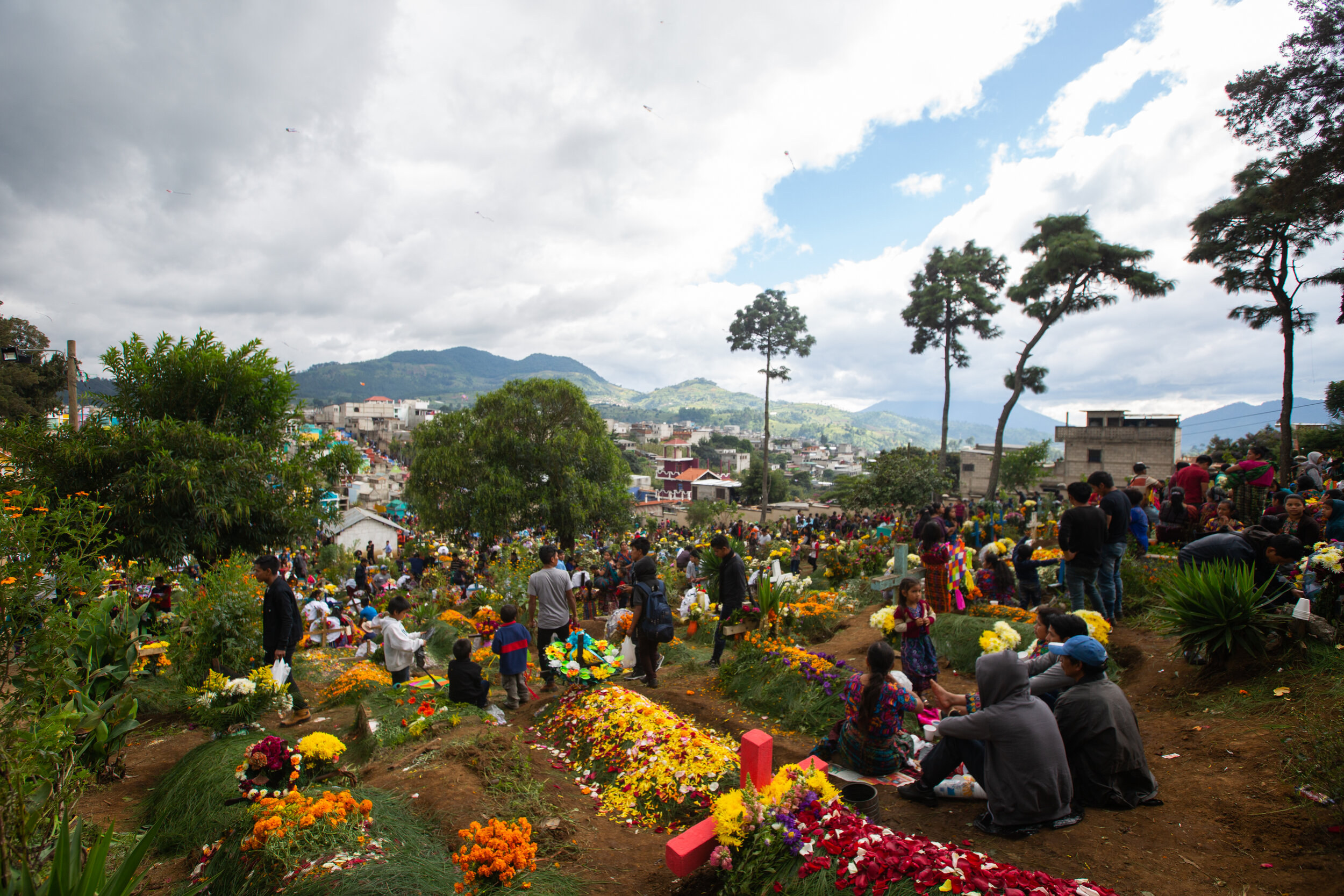

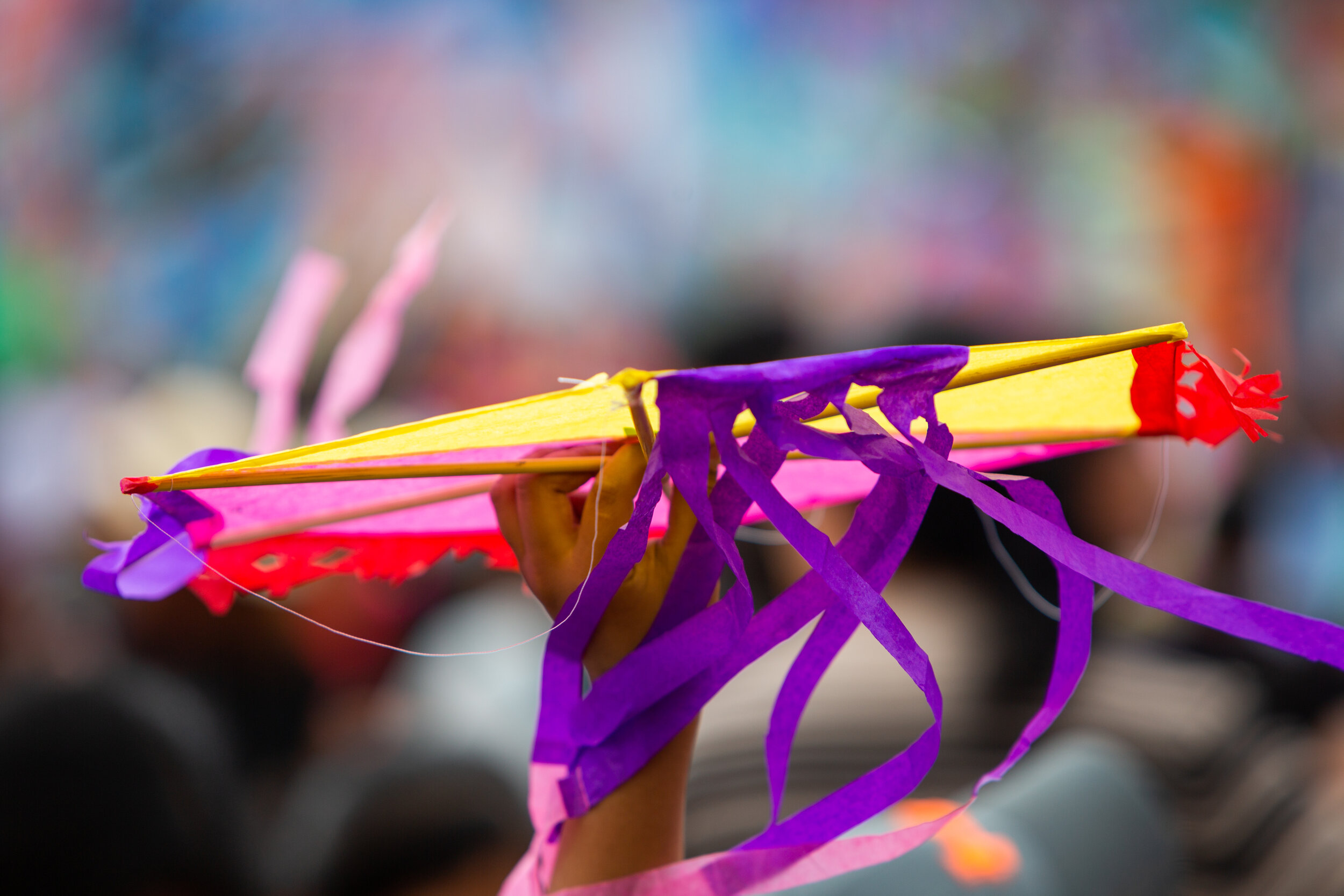
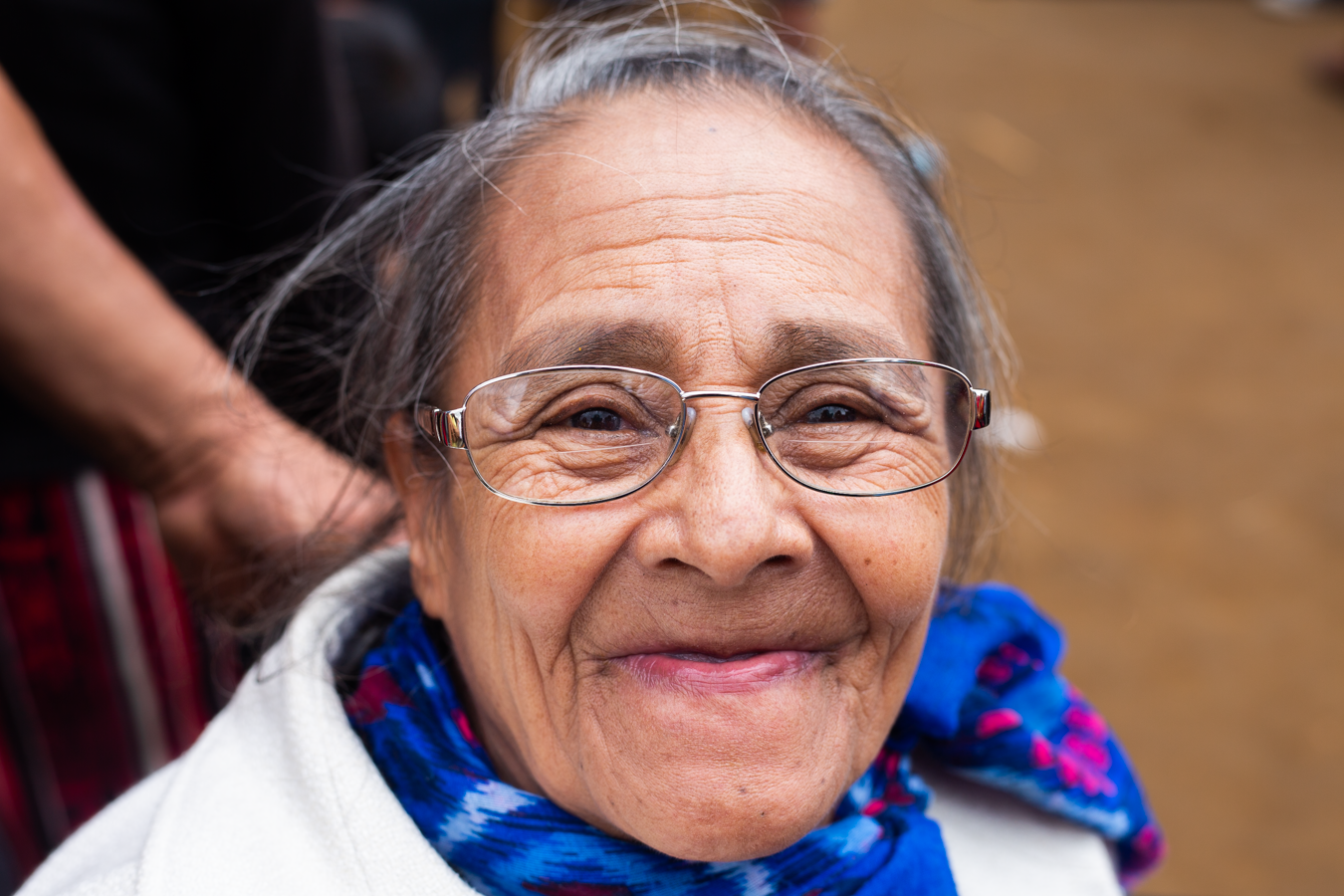
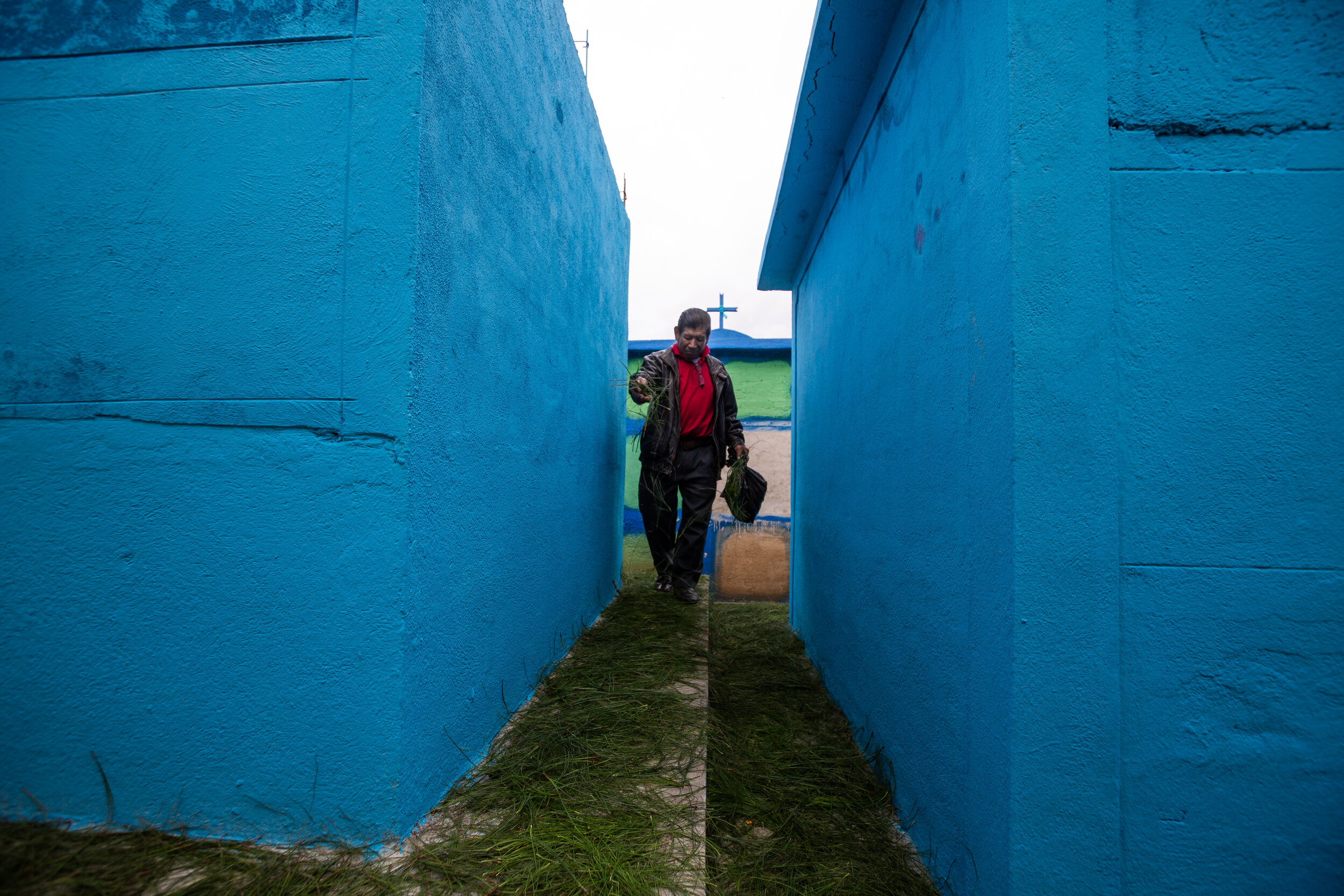
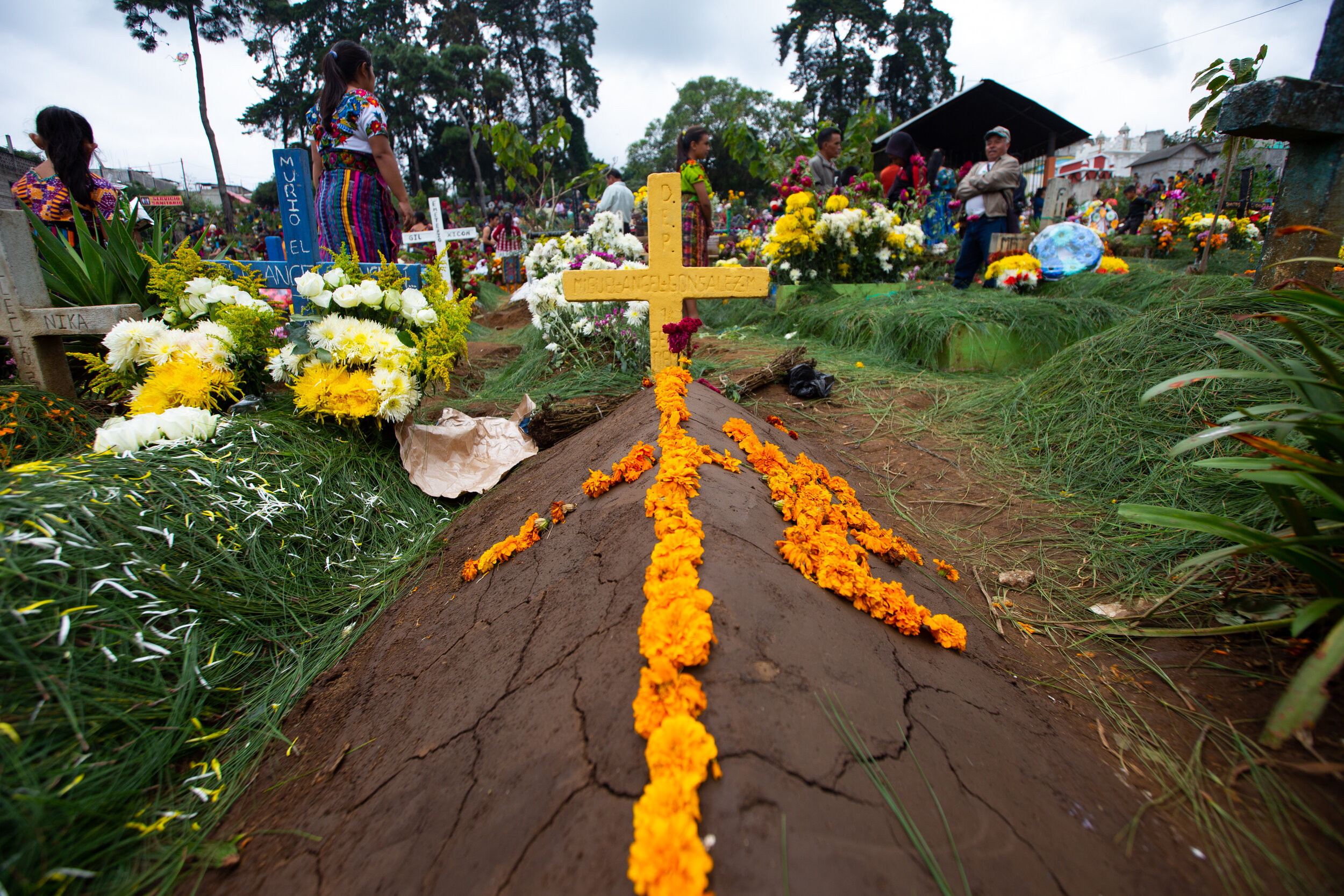
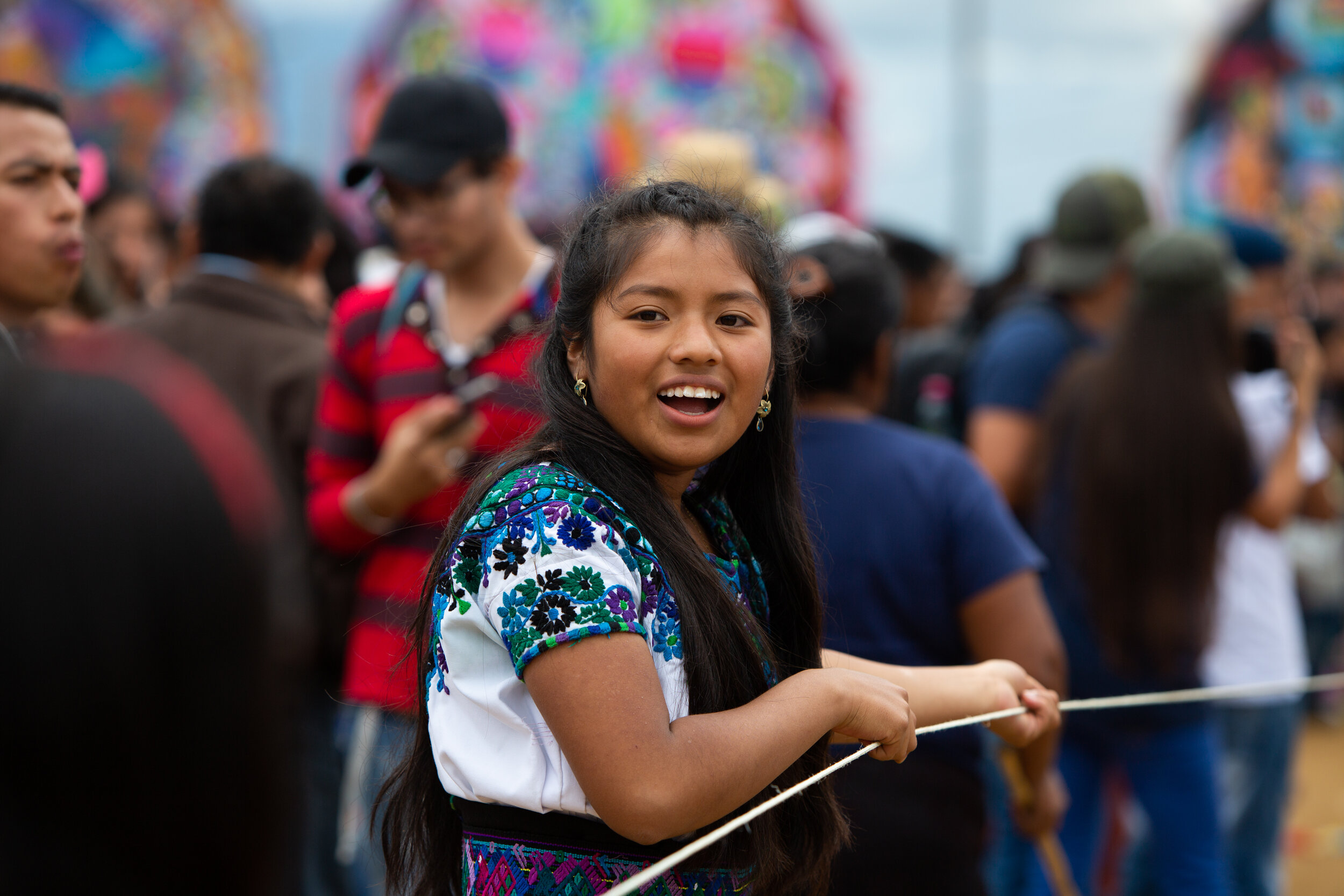
As the sun rises above the horizon, groups prepare their kites for the flight over a mountainside in Sumpango Sacatepéquez, Guatemala. Crowds of thousands of people flood the streets of Sumpango to enjoy the historic celebration. It is a hectic, yet beautiful chaos. The aroma of grilled meats wafts through the air as families gather and eat together around their loved one’s graves, inviting others to join in. The energy of the Sumpango Kite festival is rich in happiness with a sea of smiles illuminating across the festival.
The day is in full swing. The brisk air lifts the colorful kites into the sky as the legacy of the dead vibrates through the colors, fabrics, and intricate designs. This beautiful celebration happens in Guatemala every year on November 1st. In Guatemala, Día de los Santos or All Saints Day and Día de Muertos known also as Day of the Dead on November 2nd, are both days of remembrance of those who have passed but also a day of celebration.
Los Patojos, a school that focuses on education, culture, and well-being of children and youth in Jocotenango, comes to the kite festival in Sumpango every year. Sergio Sul is a teacher and education coordinator at Los Patojos. Additionally, Sul is the group organizer of the school’s kite. He has been representing the school at the kite festival for four years.
“This event is important to us because it is a cultural event but also an event that helps to unify communities, especially in Satepéquez. The kite festival helps kids learn more about their country and traditions,” said Sul.
Although there is a lot of anticipation on November 1st, groups begin preparing for the festival months in advance. Sul said that the construction of their kite took three and a half months. For Sul and his group, it was a team effort; from children ages six to adults of ages 50, everyone had a hand in on working on the project. They put in many hours after school and into the night planning and creating their kite.
“When we started on the project, all the families didn’t know each other, and through the process, we created art and harmony together,” said Sul.
The theme of their kite this year is about representing the voices of women who have disappeared and been victims of violence. The idea of the Los Patojos kite is “Ni Una Menos, las niñas no se tocan no se violan, no se maten.” This translates to, “Not another one, little girls are not to be touched, raped or killed.” Ni Una Menos is a feminist movement, which has spread across many Latin American countries, that campaigns against gender-based violence.
“We are representing women and girls voices who have been silenced by murder, like the 43 women and children that were killed in Hogar Seguro. We are sending a message to the government and designed this kite in memory of the women who have disappeared or been found dead not only in Guatemala but around the world,” said Sul.
Family and friends gather in a graveyard in Sumpango, Guatemala, on Día de los Santos. Families come to the cemetery to pay respects to their loved ones, share memories, and celebrate their lives. Photo: Emma Pion-Berlin/Comvite
Día de Muertos is a day that focuses on joining together in harmony and love, keeping the energy alive of those who have passed. Through memories, powerful words, and vivid colors, the kites lift into the sky as a token of remembrance.
“This is what we do in Sumpango, it’s a way for us to translate our thoughts to those who are no longer with us,” said Sul.



